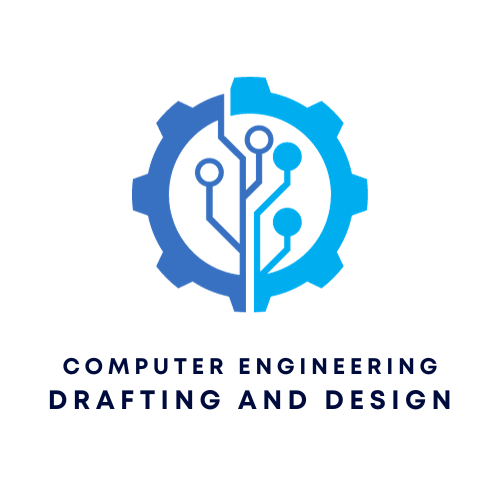1. Block Diagrams
- Definition: A block diagram is a visual representation of a system, emphasizing its main components and the relationships between them.
- Components Representation: The main components are usually represented by geometric shapes like rectangles. The nature or function of the component might be indicated with text inside the shape.
- Connections: Lines, often solid, connect these shapes. They represent the relationships or connections between components. Sometimes, arrows might be used to indicate the direction of flow or influence.
- Usage: Block diagrams are versatile and can be used in various fields. They can represent the architecture of computer systems, show relationships in a system, or illustrate components of a circuit. They are not typically used to detail software algorithms.
- Differentiation: In cases where there are control systems and subsystems, differentiation can be achieved using explicit labeling or sometimes by employing different colored shapes.
2. Flowcharts
- Definition: Flowcharts are diagrams that represent workflows or processes. They show the sequence of steps and the flow of control.
- Shapes and Their Meanings:
- Oval: Represents the start or end of a process.
- Rectangle: Denotes a process or operation.
- Diamond: Used for decision-making points.
- Parallelogram: Indicates input or output operations.
- Arrow: Shows the flow direction.
- Connector: Connects different parts of the flowchart, especially if the chart spans multiple pages or areas.
- Special Considerations:
- If a decision point leads to only one outcome, it might indicate redundancy or an incomplete design.
- Parallel processes can be represented using parallel arrows.
- Repetitive processes can be indicated using a loop symbol, although specific symbols can vary based on the standard used.
- Advantages: Flowcharts provide a visual representation that can make complex processes more understandable. They are excellent for giving a high-level overview.
- Potential Drawbacks: Highly detailed flowcharts can become too intricate and challenging to follow. They are meant to simplify and should not replace detailed documentation.
3. Comparing Block Diagrams and Flowcharts
- While both block diagrams and flowcharts are visual tools, they serve different purposes:
- Block Diagrams: Focus on showcasing relationships between components.
- Flowcharts: Illustrate the sequence of operations or steps in a process.
- They are not interchangeable. For instance, while a block diagram might show how components of a computer (like CPU, RAM) relate, a flowchart might describe the steps a computer performs during boot-up.
4. Practical Applications
- Block Diagrams: Best for scenarios where the relationship between components is the main focus. For instance, representing the architecture and connections within a computer system.
- Flowcharts: More suitable when detailing step-by-step processes or workflows. For instance, detailing steps to solve a mathematical problem or user interactions within a software.
5. Closing Thoughts
Understanding the purpose and correct usage of block diagrams and flowcharts can significantly improve communication, especially in technical and process-driven fields. Properly designed diagrams can convey complex information in an easily digestible manner, aiding in both understanding and decision-making.

